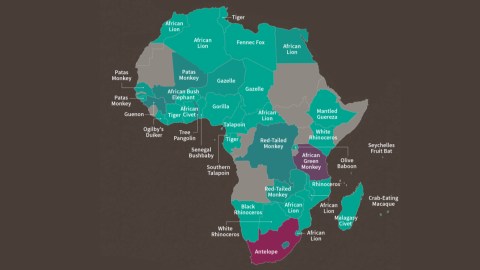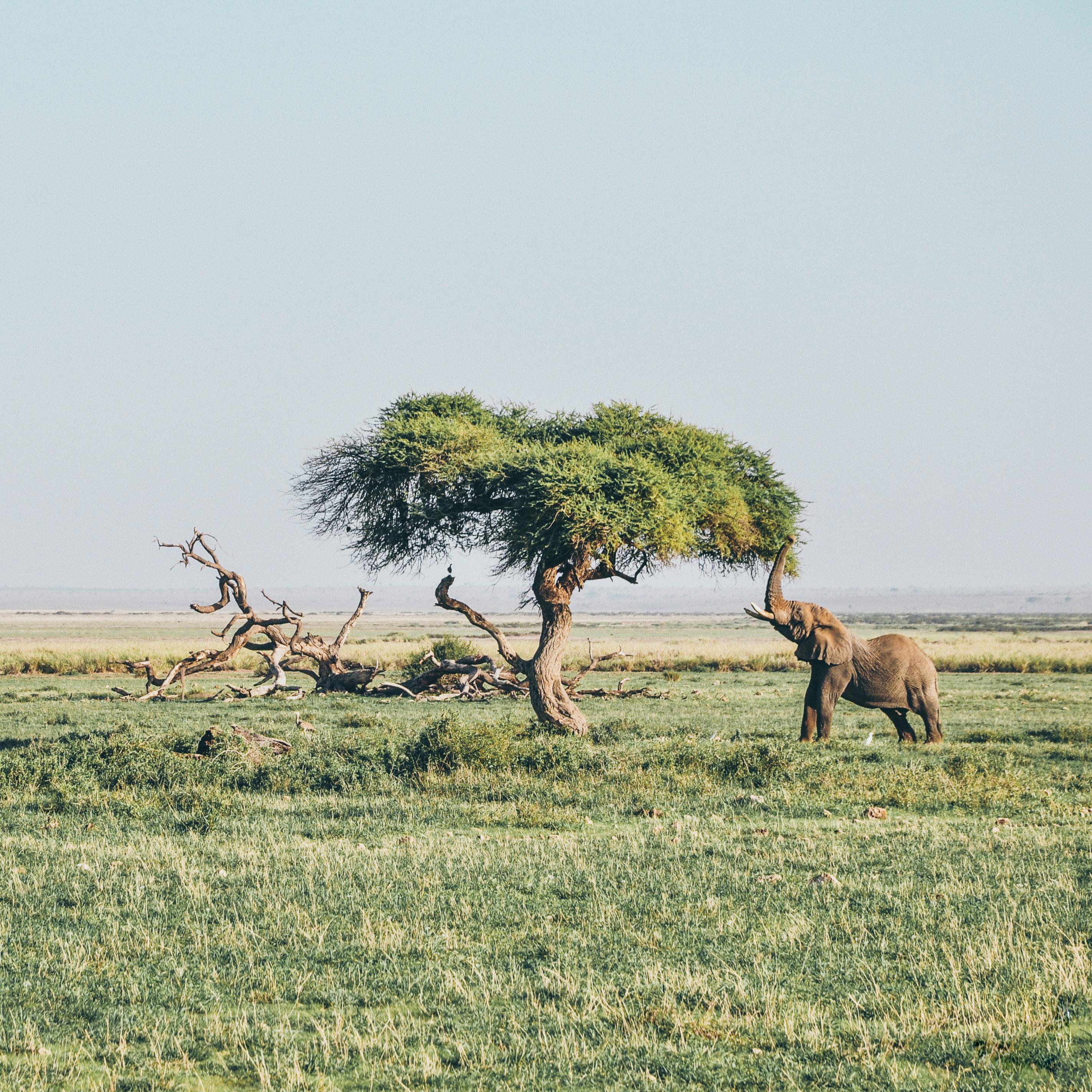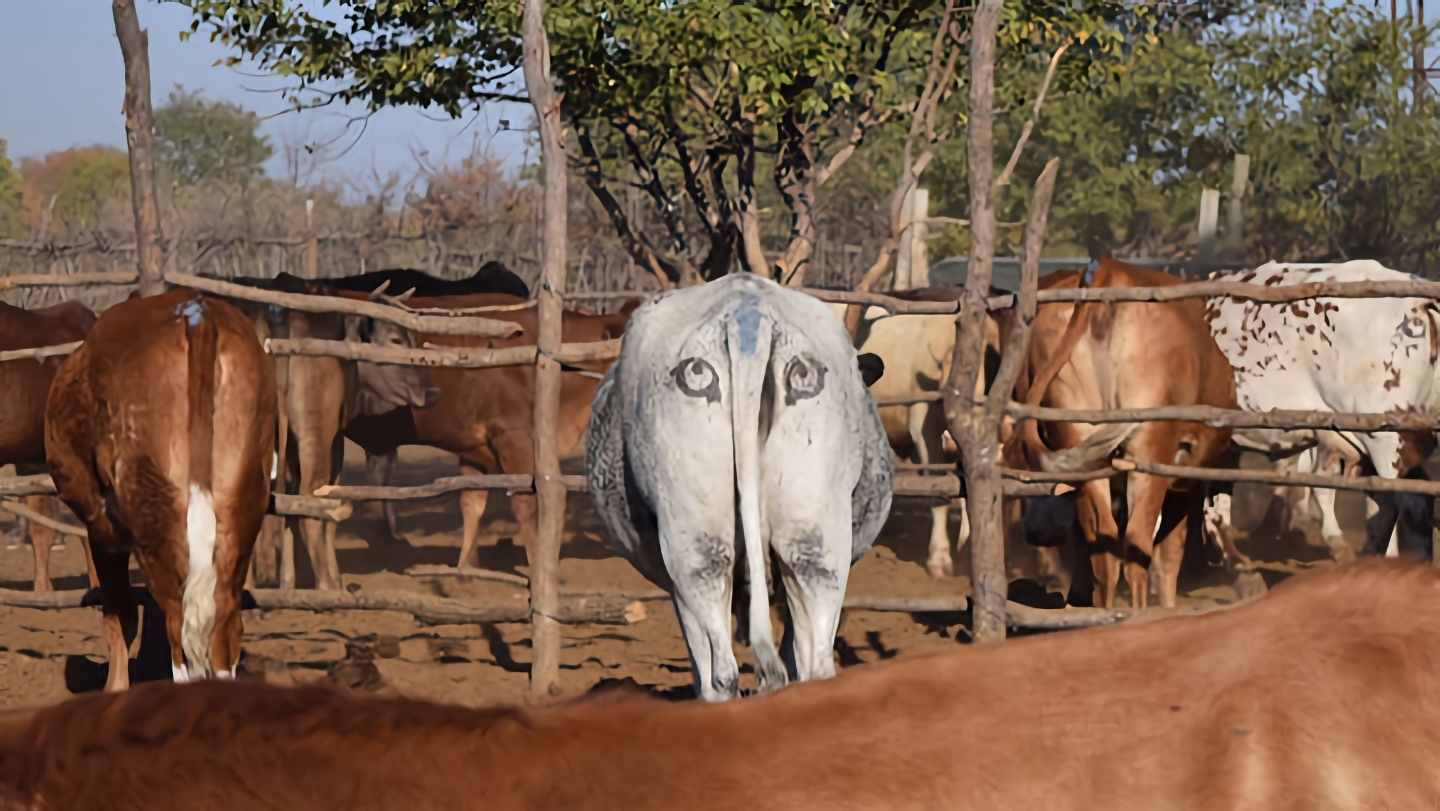Poachers Are Just Part of the Problem for Endangered African Species

We’ve all seen the stories of gorillas and elephants brutally slaughtered by poachers in Africa. Whether it’s Diane Fossey’s beloved Digit, or an elephant calf mourning the death of its mother killed for ivory, it’s heartbreaking and seemingly unstoppable, with poachers motivated by everything from their own survival to simple greed. Unfortunately, poaching isn’t the only thing threatening the survival of African species: There’s a perfectly legal billion-dollar export business that ships thousand of living endangered animals from Africa to other nations each year. South Africa, for example, reported selling $1.4 billion in animal products in 2015.
The African Wildlife Foundation has just sorted through export/import statistics from the CITES (Convention on International Trade in Endangered Species of Wild Fauna and Flora) trade database for the years 2001-2015 to develop a comprehensive understanding of what’s going on. The AWF has offered Big Think an exclusive look at the results.
The Species Included and Excluded From These Infographics
First, the animals included in these infographics are all endangered.
Second, for the purposes of clarity, animals intended for non-scientific and non-medical use are not included. This because even though such animals comprise about 75% of exports, that high number is misleadingly skewed by the extraordinary numbers of Crab-Eating Macaques exported overseas from the tiny island of Mauritius: 3 out of 4 animals exported from Africa are Crab-Eating Macaques, called the “world’s worst invasive species” by some. They do, however, share some physiology with humans, and so…
Here’s what all of these animals are imported for.
Overall Numbers
The data encompasses both the exporting country’s figures and those of the importing country, which often disagree, as shown in the top half of the infographic below. AWF suspects this discrepancy is largely due to the difference between ordered and shipped animals, and not an indicator of anything nefarious. When in doubt, export —as opposed to import — figures were used, as shown in the bottom half of the illustration.
South Africa exported more than 10,000 live, endangered mammals, Tanzania 6,208, Togo 1,825, and Mali 1,163.
Which Animals Come from Where?
AWF pinpoints the main animal exported from each country, though it’s a close competition in South Africa, where the 1,611 exported antelopes just edge out the 1,592 African lions. The most exported animal overall is the African Green Monkey, a popular pet, with over half finding themselves in Russia.
Who’s Importing All These Endangered Species?
The short answer? Mostly Russia and the U.S.
Zoo Animals
There are serious moral questions regarding zoos. Are they part of the solution or part of the problem? Whatever side of this issue you’re on, African lions are the African species most frequently destined for a life behind bars.
And Then There’s Legal Hunting
81,572 elephants were legally killed by hunters from 2001 to 2015. This shocking figure stands in addition to those killed via poaching, and makes clear why these amazing creature are so endangered. They’re killed for trophies, and, of course, their tusks.
African lions killed legally? 17, 315.
Change in the Air
Those of us troubled by this data must understand that Africa’s legitimate economic and cultural imperatives drive these exports — and frequently poaching as well — and that stopping them is not simple. For one thing, the income derived from animal exports would have to be replaced. And the news is not all bad: In part thanks to organizations like the AWF, the population of the mountain gorilla has increased in recent years by over 25%.











